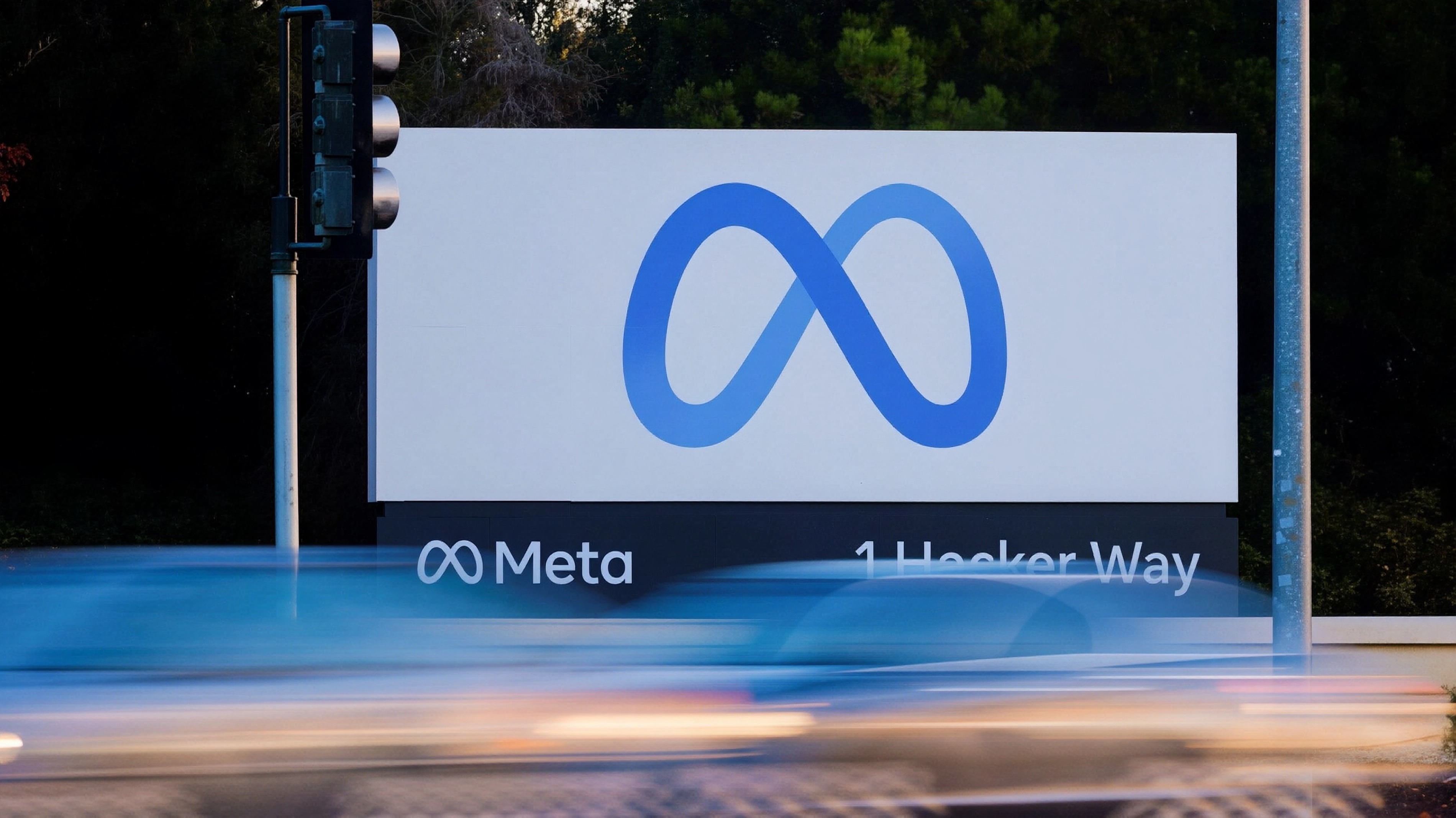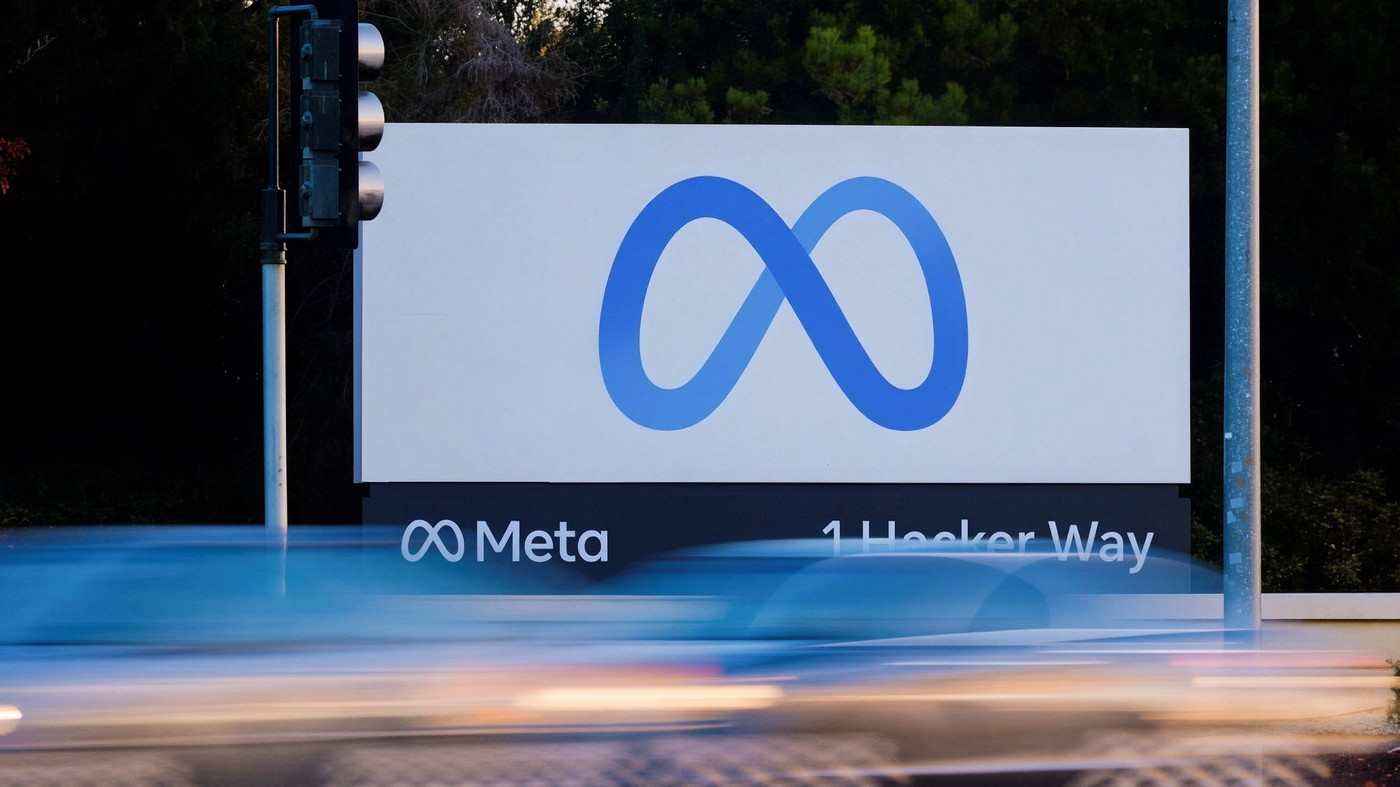Meta Platforms, the parent company of Facebook, Instagram, and WhatsApp, is under scrutiny after internal documents reportedly revealed that the company projected 10.1 percent of its 2024 revenue would come from fraudulent ads. That figure amounts to nearly $16 billion in earnings linked to scams, banned products, and misleading promotions.
According to a Reuters report, the documents expose a pattern of negligence and hesitation from Meta in taking down fraudulent advertisers. The company allegedly allowed known scammers to continue advertising despite multiple red flags, prioritizing revenue growth over user safety.
How Meta Benefitted from Scam Advertisers

The leaked internal files suggest that Meta’s automated systems failed to flag or remove a significant number of fraudulent campaigns. Ads promoting fake e-commerce stores, illegal gambling sites, investment scams, and banned medical products were allowed to run for years across its major platforms.
Instead of banning these advertisers outright, Meta reportedly imposed higher ad rates as a penalty for accounts that its systems flagged as “potentially suspicious” but not conclusively fraudulent. Only accounts with a 95 percent likelihood of committing fraud were banned automatically.
The report also claims Meta was reluctant to disable even the most blatant scam accounts, internally referred to as the “scammiest scammers,” due to fears of losing a large portion of its ad revenue — money that was said to support the company’s AI and virtual reality projects.
One-Third of U.S. Scams Linked to Meta Apps
Research by Meta’s internal safety team in May 2025 allegedly found that its apps were responsible for nearly one-third of all successful scams in the United States. Comparatively, Meta’s competitors like Google were found to be more effective in controlling fraudulent activity.
An April 2025 internal review reportedly admitted, “It is easier to advertise scams on Meta platforms than on Google.” Another set of documents from December 2024 indicated that Meta’s platforms served users around 15 billion “high-risk” scam ads daily, highlighting the scale of the issue.
In one alarming case, a network of fake accounts impersonated U.S. military personnel stationed in war zones, targeting Facebook users to blackmail them for money or sensitive images. Other impersonation scams involved fake celebrity accounts, exploiting followers for financial gain.
Meta’s Internal Changes and Denial
The report further suggests that Meta laid off several teams responsible for advertiser brand-rights management and user protection. The remaining safety staff were instructed to “keep the lights on” while company resources were redirected toward AI and virtual reality research.
Despite these revelations, Meta has denied the allegations. In a statement to Reuters, Meta spokesperson Andy Stone dismissed the report, calling it a “selective view that distorts Meta’s approach to fraud and scams.” He claimed that the company actively invests in improving detection systems and collaborates with law enforcement to combat fraudulent activity.
Growing Questions Over Accountability
The revelations have raised broader questions about accountability in the digital advertising industry. As one of the world’s largest ad networks, Meta’s alleged inaction could have exposed millions of users to scams while profiting from the very activities it was meant to prevent.
Experts warn that without stronger regulations, tech companies may continue prioritizing profit over user protection. If true, Meta’s $16 billion revenue from scam-linked ads could become one of the most troubling examples of ethical failure in digital advertising history.
Follow Tech Moves on Instagram and Tech Moves on Facebook for more updates on data privacy, cybersecurity, and the evolving world of digital technology.













